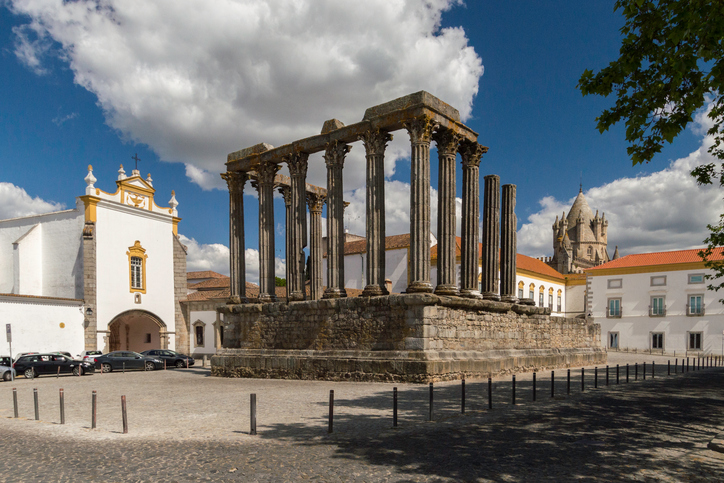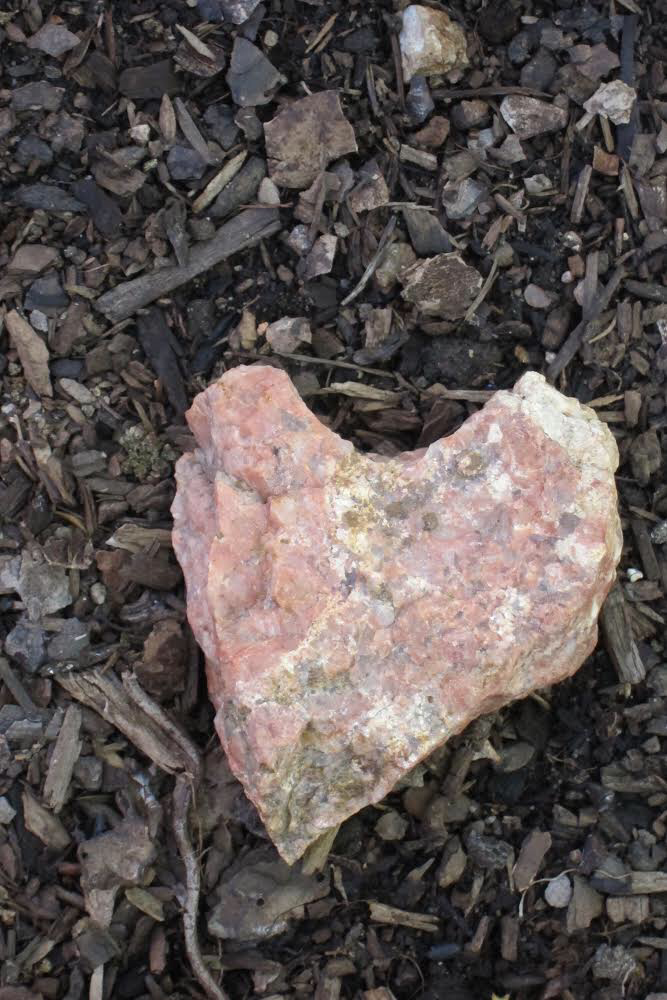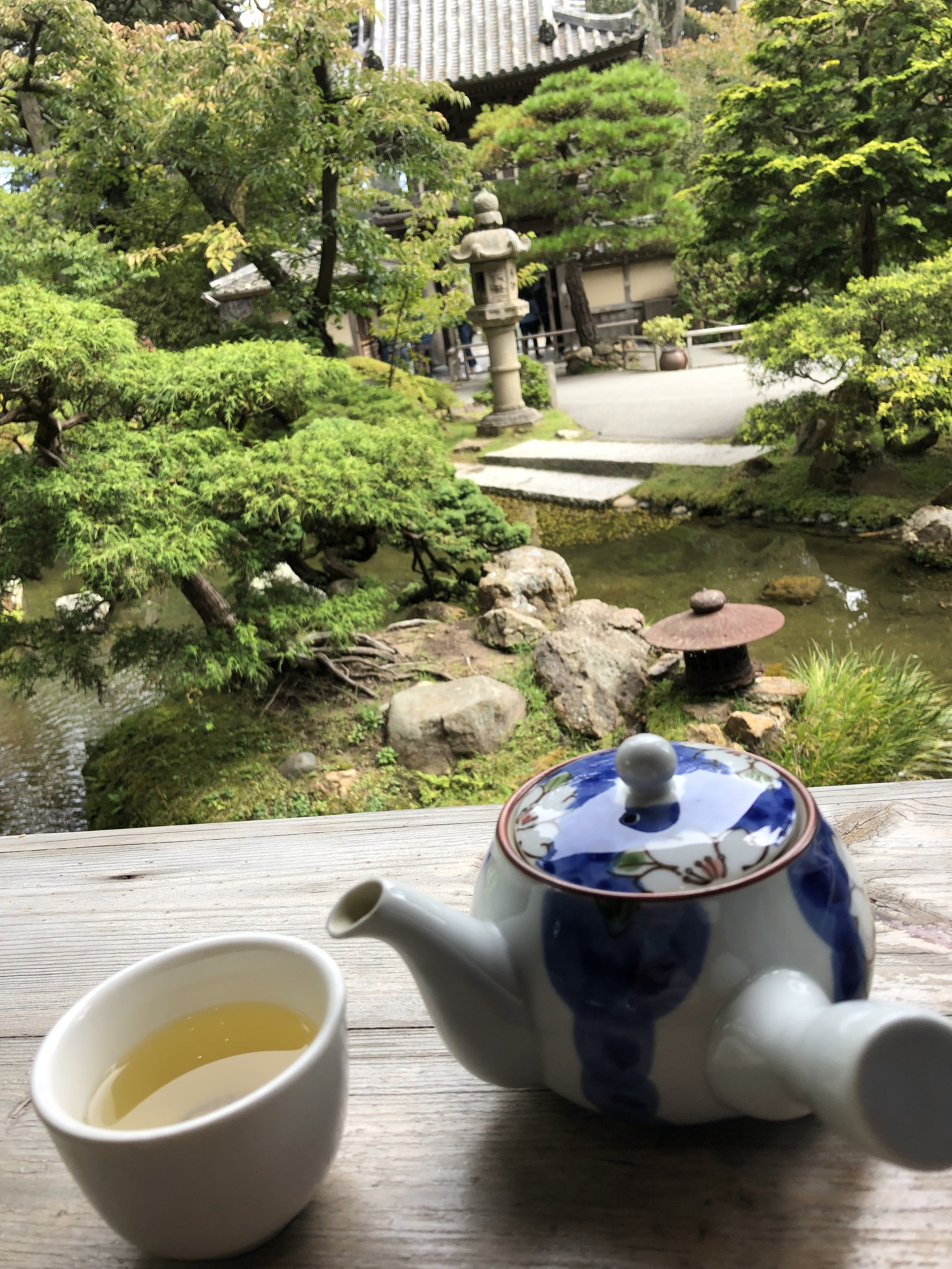Surviving the Sonoma County Fire and How You Can Help
by Katya Miller
Two years ago, Sonoma County welcomed me home into its Valley of the Moon after years away from the Bay Area where I grew up. My house is in a community called Oakmont, nestled between Annadel State Park seen from my kitchen window, and a view of Hood Mountain, outside my front windows.
On Sunday, October 9, the air was thick with worry ahead of Monday’s Indigenous People’s Day. By 10 pm, an eerie numbness haunted me. A low-rider sedan sped around the corner like a streak of light. A car going over 25 mph at 10 pm was rare in a community of senior citizens. Something was off.
As I settled into my nighttime routine, the beauty of the red-orange sky in the distance was hard to miss. The wind howled through the trees, which bowed to the forces of nature. It sounded like a hurricane sweeping through the Valley floor. Little did I know that to the northwest, Santa Rosa was an inferno in the making.
At 2:30 am, voices woke me up, so I went out to join my neighbors on the street corner. There was fire off in the distance big enough that we decided to pack our cars with necessities and valuables, in case we got a call to leave our homes. At 3 a.m. Monday, October 9, our phones received robo calls to evacuate. Later, I learned there were fires on three sides, yet our community of 3,500 homes still remained a calm in the storm. But by 5:30 am, a policeman suggested staying put. We held out until 8:30 when the police drove by shouting "MANDATORY EVACUATION—LEAVE THE AREA NOW." with their bullhorns.
The exodus of cars leaving Oakmont moved like a funeral procession. The road to Highway 101 was clear, neighborhoods intact, but the dark smoke as we merged on the great highway was eerie; an unusual red sun with a black plume rising.
Why would multiple fires rage like lightning within a short time, crisscrossing Sonoma County? Power poles had blown over, with transformers sparking embers. Was this the cause of widespread unconnected outbreaks?
Whatever the cause, a combination of strong offshore hot, dry “Diablo” winds and low humidity—the devil exhaling on the land—enabled fire to sweep down from higher elevations, and fan the flames. California’s epic five-year-drought had ended, but the diseased and weakened trees of raging wildfires. Plus, native vegetation, like junipers, became oil-filled fire starters, contributed to our newly scorched mother earth.
The silver lining was that the fires were a chance for me to be with my family for 10 days despite the fear of losing my home and possessions for seven of those days. My 3-year-old grandson opened the front door every day to smell if fire still hung in the Ocean Beach air; an hour south of this disaster. We prayed for the firefighters and first responders who had arrived from around the world to save our homes and communities.
I have experienced the trauma of quickly leaving home before. The Oakland Firestorm of 1989 and the 1991 Loma Prieta Earthquake taught my kids and me to always be prepared for emergencies. I left my Santa Fe home in 1999 to avoid toxic fumes from the Los Alamos Fire, and when I realized that my health had suffered from years of mold exposure, I left my Albuquerque home overnight. It is in my blood to keep alert and ready to evacuate. My grandparents left Russian to escape conscription into the Tsars Army and pogroms, and our family thrived in the United States. Unfortunately, in this century, with worldwide climate change disasters and governments turning against their own people, it is common for so many people to be homeless and in search of stability.
As Oakmont returns to “normalcy,” we regroup and repurpose: slowing down with gratitude, watching harvested grapes turn to wine, and reconnecting with returning neighbors. The seeds that survived the fires are opening, re-planting earth’s next phase. Oakmont is indebted to the brave firefighters and first responders of Sonoma Co., and others who came from far and wide to our apocalyptic disaster.
I learned a few things from this fire. Keep an emergency bag in your home or car, with radio, flashlight, phone chargers, clothes, privates, meds, etc. Sign up for community emergency notifications. Have photos and important documents digitized and backed up, check regularly for changes. Know how to open garage door when the power is out, and function without electronics. Keep a ½ tank of gas in your car ALL THE TIME.
We are the 2nd, 3rd, and 4th responders, all needing to step up and do what we can to responsibly live on the Great Mother. We will take the baton from our First Responders, stepping up for as caretakers and healers for our community. Sonoma County doesn’t give up but looks to this disaster as a great social equalizer, a reminder that everyone regardless of economic status was affected, and now needs our help. Now is all of our time. The future needs us.
If you want to help those who lost everything, a special fund has been created UndocuFund – for Fire Relief in Sonoma County for undocumented individuals and families affected by the Northern California fires who are ineligible for FEMA assistance. Many lack language skills, familiarity with, and trust of the government and public institutions to seek support from those sources at this difficult time.
Katya Miller is a native of San Francisco, resident of Santa Rosa, California, a metalsmith, and videographer. She is the author of articles about the Statue of Freedom atop the Capitol dome at the U.S. Capitol Historical Society. She has a Research Fellowship to write her upcoming book Beloved Freedom: The United States Capitol’s Top Secret.





